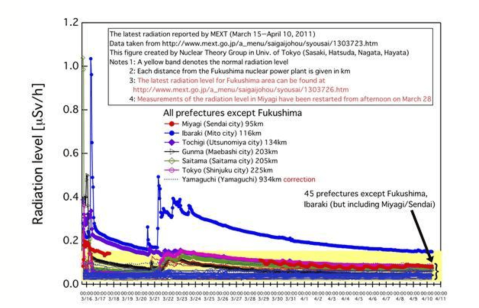Energy market pricing behavior seems contrary to the relationship between supply and demand. The oddly behaving RIN market is an intermediate factor that influences gasoline prices for automobiles. RIN (Renewable Identification Numbers) should be decreasing. Instead, they are too high.
Bio-fuel pricing anomaly
RIN establish compliance with standards for non-fossil fuel usage, specifically, for corn-based ethanol as a blend in gasoline. In 2007, legislation was passed to encourage greater use of ethanol. The percentage requirement of ethanol is set by the EPA. It increases annually, and is calculated at an aggregate level, measured volumetrically, over all U.S. domestic consumption.
My favorite energy blog, Platt’s Oil Barrel, featured a guest post* by former Special Assistant to President Obama and Senior Director for Energy and Climate Change of the National Security Council Jason Bordoff, explaining anomalous RIN price behavior, and what the EPA is doing about it. He noted two reasons for the seemingly anomalous pricing.
Hitting the blend wall
Renewable Fuel Standards (RFS) were revised in 2007, based on the assumption that gasoline usage would increase over time. In fact, it has not done so, not consistently. Instead, it decreased during 2011-2013, yet the schedule of increasing amounts of ethanol has remained, as legislated. As a result, according to Bordoff, we are now hitting the “blend wall”, when blenders physically cannot put enough ethanol into the gas supply to comply with RFS law.
Bordoff identified a second reason:
broad-based skepticism in the market that EPA will use its waiver authority to avoid the blend wall—even though EPA just went to unusual lengths to signal precisely that it will.
Federal Reserve v. EPA: Powers and purpose
The bio-fuel situation bears an odd resemblance to the rational expectations based logic of monetary policy. It is difficult for the Federal Reserve to effectively signal to markets, e.g. the anticipated (and appropriate!) end of quantitative easing. The Federal Reserve System has taken measures to increase transparency. Fed Governors Bernanke and Yellen hold scheduled press conferences. Bernanke was the first Federal Reserve governor to do so. The Fed was audited by the GAO in 2012. Federal Open Markets Committee (FOMC) meeting notes are published and posted online.
The Fed also has the necessary tools to carry out monetary policy e.g. quantitative easing known as QE.
Despite all of the above, the “job creators” aren’t investing, and the Fed is now contemplating QE4. (more…)





